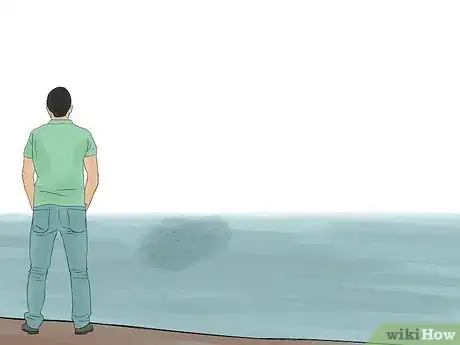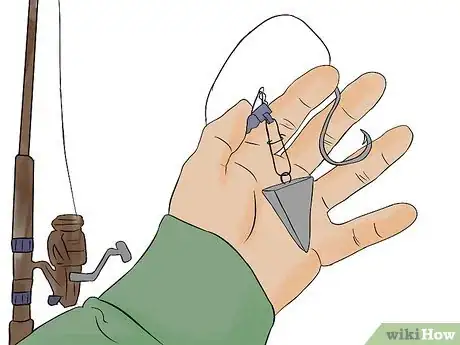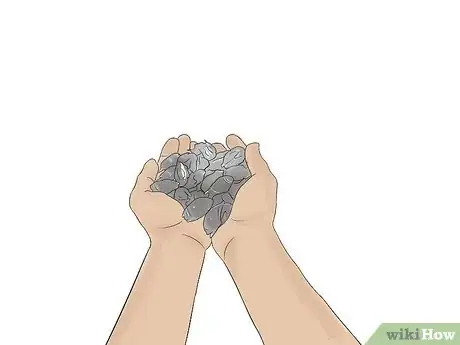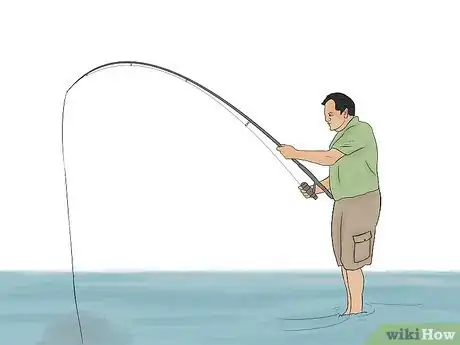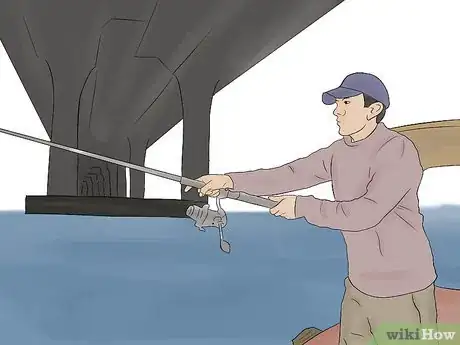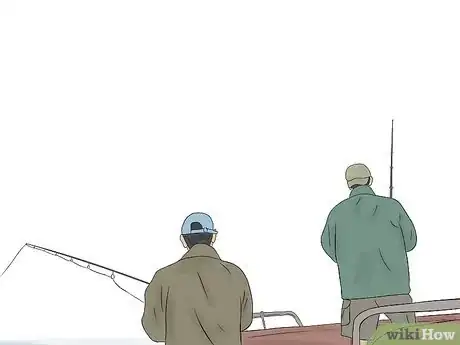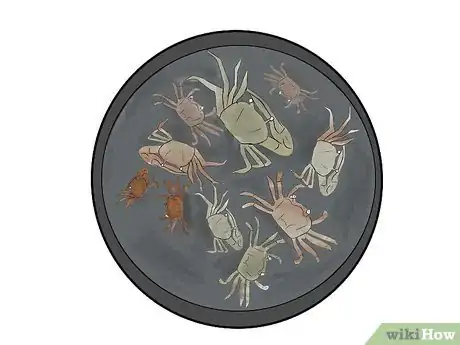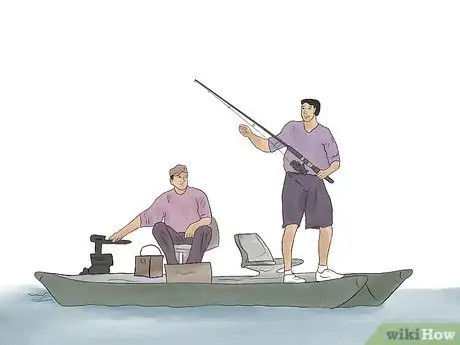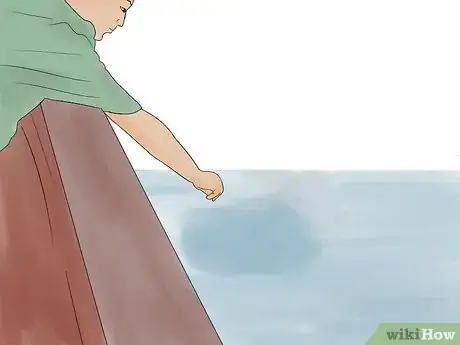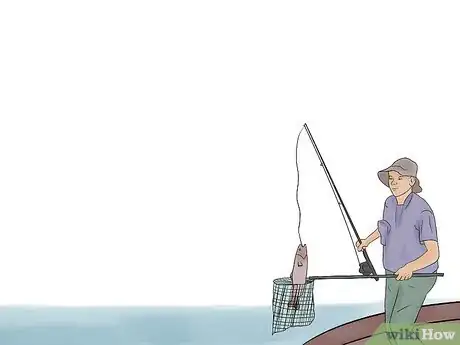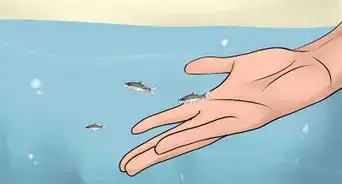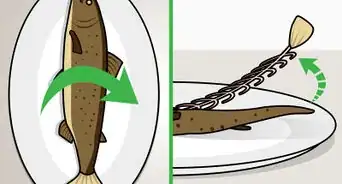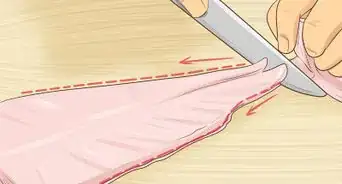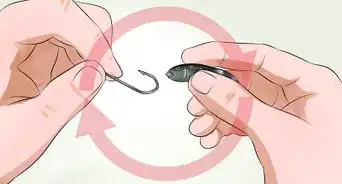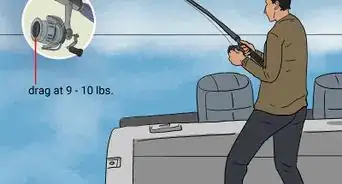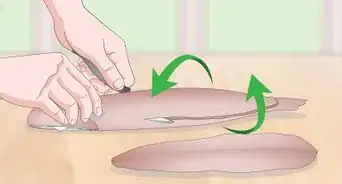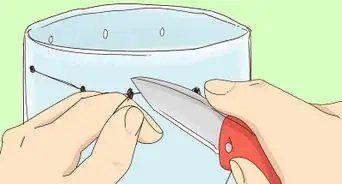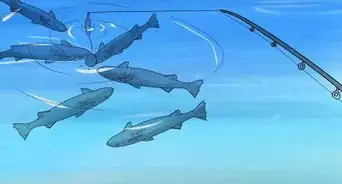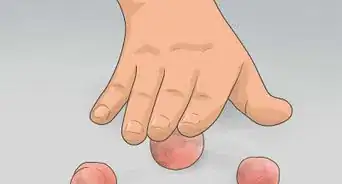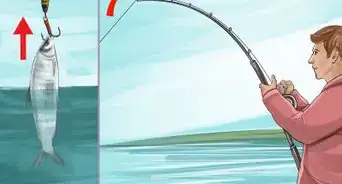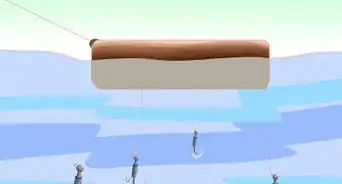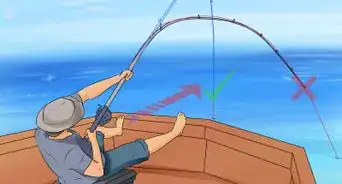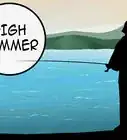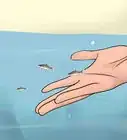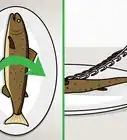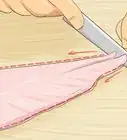wikiHow is a “wiki,” similar to Wikipedia, which means that many of our articles are co-written by multiple authors. To create this article, volunteer authors worked to edit and improve it over time.
wikiHow marks an article as reader-approved once it receives enough positive feedback. In this case, 92% of readers who voted found the article helpful, earning it our reader-approved status.
This article has been viewed 137,457 times.
Learn more...
Pompano is a popular food fish that can sell at a higher price per pound than beef. The fish is about 18 inches (45 cm) long and weighs about 2 to 3 lb. (1 to 1.4 kg) when fully grown. It is found on the Atlantic, Pacific and Gulf of Mexico coasts, and in the West Indies. Anglers fish for pompano from piers, under bridges or on the beach, depending on their preferences.
Steps
Fish From the Beach or a Pier
-
1Find pompano schools on the far side of wave breaks and sand bars. The fish wait for sand fleas, also called mole crabs, and other small crustaceans to be washed off the beach and carried to them by the wave action. This puts them in easy reach of anglers who prefer to fish from the beach or a pier.[1]
-
2Use a spinning rod, fish finder rig, 2/0 circle hooks, and 12-lb (5.5 kg) monofilament line. Add a pyramid weight sufficient to keep your bait from returning to shore with the waves. You may need a bigger rod when the surf is heavy.Advertisement
-
3Catch sand fleas to use as bait. Sand fleas are the pompano's favorite food and are readily available in areas where pompano are.[2]
- Look for v-shaped eddies when the waves roll off the beach. These are where sand fleas have washed ashore and are digging into the sand. Collect the sand fleas in a dry bucket.
- If you can't find any sand fleas, it's likely that you won't catch any pompano. Move to a location where sand fleas are plentiful.
- Pompano will eat other crustaceans, like shrimp, and even on occasion small bait fish.
-
4Cast right into the break of the surf and on the back sides of sand bars. [3]
Fish From a Boat Near a Bridge
-
1Locate a pompano school on the down current side of a bridge. They wait for small crustaceans to be pulled off the bridge pilings by the current. The pompano will linger in one place as long as there is food coming their way, making them easy to catch by anglers who prefer to fish from a boat.
-
2Use 20-lb test line in case you hook a larger fish. Attach an egg sinker, about 12 inches of leader, and a size 6 hook.
-
3Collect small fiddler crabs to use as bait. Break off the big claw before baiting your hook.[4]
- Place some rags in a bucket and just cover the crabs with seawater. Fiddler crabs will live several days in a shady place.
-
4Anchor your boat or tie it to and up current piling. Drop your line near the down current pilings.
- Pompano will be on one side of the bridge when the tide comes in and the other side when the tide goes out, so you will have to move your boat if the tide changes.
-
5Chum every 15 minutes or so. Chumming is the practice of dumping cut bait or fish parts into the water to attract fish. When fishing near a bridge, scrape barnacles and mussels from the pilings with a long-handled garden scraper and allow the current to carry them toward the pompano.
-
6Allow your bait to sink to the bottom, pull it up slightly, and let it hit bottom again. The bait will disturb the sand on the bottom, which attracts the fish. You may have to change the weight of your sinker to accomplish this. Let your line play out as the current drags your line toward the down current pilings.[5]
Warnings
- Avoid trying to set the hook. Some species of fish require that you jerk on the line when you feel a bite to force the barb of the hook into the fish's flesh. However, if you do this with pompano, you will jerk the bait out of the fish's mouth, and the fish will escape. Instead, just start reeling when you feel the fish bite.⧼thumbs_response⧽
- Fiddler crabs will pinch you when you pick them up. Wear gloves.⧼thumbs_response⧽
Things You'll Need
- Rod, reel, line and tackle
- Mole crabs, fiddler crabs, live shrimp
- Bait bucket
- Boat
- Scraper
References
- ↑ https://www.saltwatersportsman.com/pompano-fishing-tips-in-florida/
- ↑ https://www.cyberangler.com/fishing-reports/florida/carrabelle/ten-secrets-catching-pompano-11595.htm
- ↑ https://surfcastingflorida.com/what-is-the-best-tide-to-fish-for-pompano/
- ↑ https://www.cyberangler.com/fishing-reports/florida/carrabelle/ten-secrets-catching-pompano-11595.htm
- ↑ https://www.saltwatersportsman.com/pompano-fishing-tips-in-florida/
- http://www.bwca.cc/activities/fishing/settingthehook.htm
About This Article
Pompano is a popular fish you can catch off the Atlantic, Pacific and Gulf of Mexico coasts. To catch pompano from a beach or pier, look for schools of fish on the far side of wave breaks and sand bars. Use sand fleas for bait on the end of a spinning rod with a circle hook. You can also catch pompano from a boat near a bridge. Look for the fish on the down current side of the bridge. Use a 20-pound test line with small fiddler crabs as bait and drop extra bait or fish parts into the water every 15 minutes to attract the pompano. For more tips, including how to keep your bait from returning to shore with the waves, read on!
